Important Tools For Straining Tomatoes
What’s the Difference Between a Strainer and a Press?
A tomato strainer, press, or food mill are kitchen tools used for processing tomatoes, but they serve slightly different purposes and operate differently.
Tomato Strainer
A tomato strainer, also known as a food mill or passata machine, is a manual or electric device that separates the skins and seeds from the pulp of tomatoes or other fruits and vegetables.
It typically consists of a bowl with a perforated bottom, a hand crank or an electric motor, and a rotating blade or paddle inside.
You feed whole or chopped tomatoes into the strainer’s top. As you turn the crank or switch on the motor, the tomatoes are crushed and forced through the perforations while the skins and seeds are retained in the bowl.
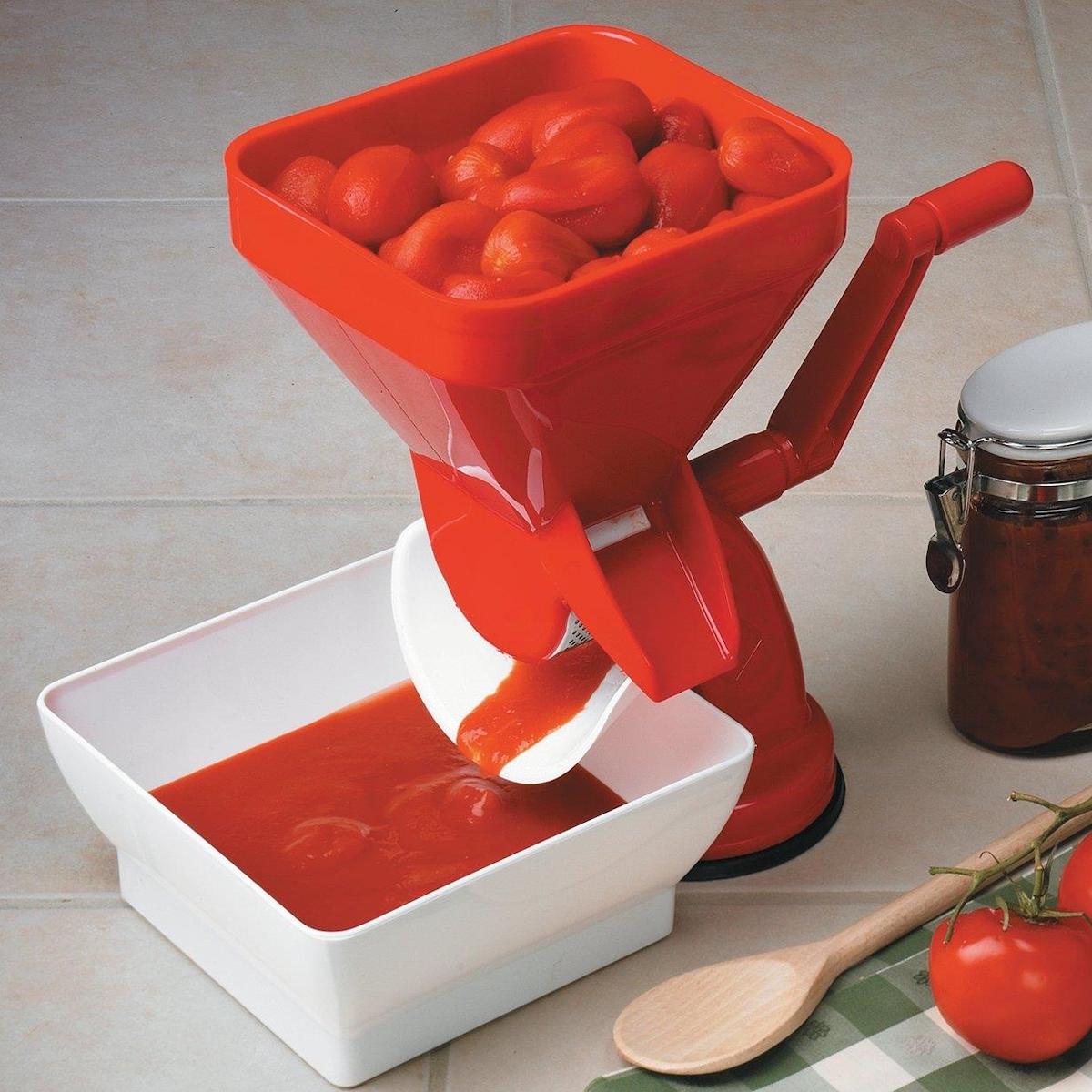
Tomato Press
A tomato press, on the other hand, is primarily used for extracting juice or making sauces from tomatoes. It usually consists of a hopper at the top where the tomatoes are placed, a plunger or press mechanism, and a strainer or sieve through which the juice or sauce is extracted.
With a tomato press, you typically crush the tomatoes with the plunger or press. The juice or sauce flows out through the strainer while the seeds and pulp are retained.
Some tomato presses may also include attachments for additional processing, such as straining other fruits and vegetables. While both tools are used for processing tomatoes, a tomato strainer primarily separates pulp from skins and seeds.
In contrast, a tomato press focuses more on extracting juice or making sauces. The choice between the two would depend on the specific task you have in mind for processing your tomatoes.
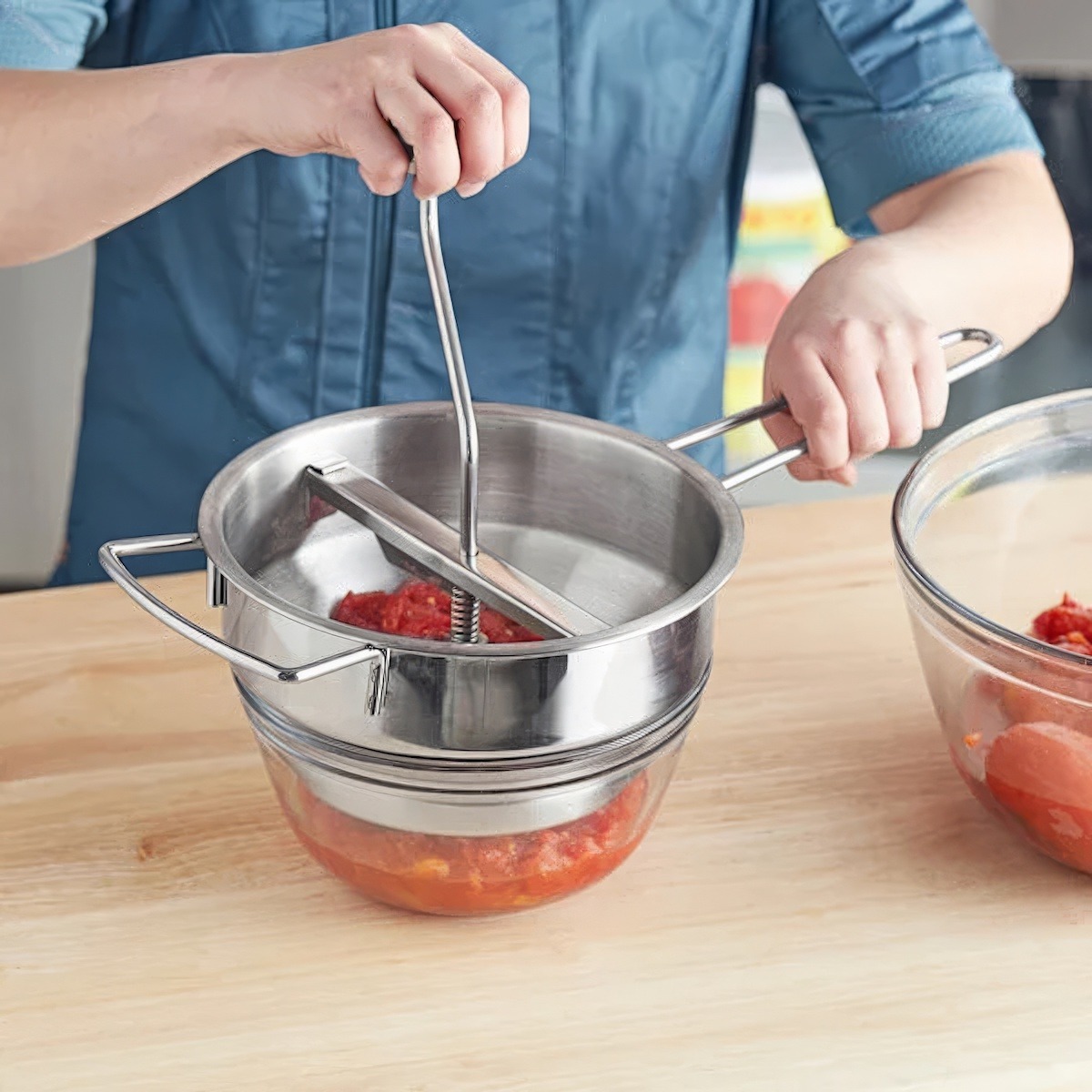
Food Mill
A food mill is a kitchen tool used for puréeing, straining, or milling various types of food, including tomatoes. It typically consists of a bowl with a perforated bottom, a hand crank or handle, and a rotating blade or paddle inside. Here’s how it’s used with tomatoes:
- Preparation: Wash and cut your tomatoes into chunks. You don’t need to peel or deseed them, as the food mill will separate those parts.
- Cooking: If you’re making a sauce or soup, you can cook the tomatoes beforehand to soften them and develop flavor. Alternatively, you can use raw tomatoes if you prefer.
- Processing: Place the cooked or raw tomatoes into the food mill’s bowl.
- Milling: Turn the hand crank or handle to rotate the blade or paddle inside the food mill. As you turn the crank, the tomatoes are pushed through the perforations in the bottom of the bowl. The blade or paddle breaks down the tomatoes into a smooth purée while simultaneously separating the skins and seeds from the pulp.
- Collection: The purée is collected in a separate container placed beneath the food mill, while the skins and seeds are retained in the bowl.
- Optional Straining: Depending on your desired consistency, you can pass the purée through the food mill multiple times or strain it through a fine mesh sieve to remove any remaining seeds or fibrous bits.
Food mills are versatile tools commonly used for making sauces, soups, purées, and baby food. They provide a convenient way to process fruits and vegetables while separating unwanted parts like seeds and skins, resulting in a smooth and consistent texture.

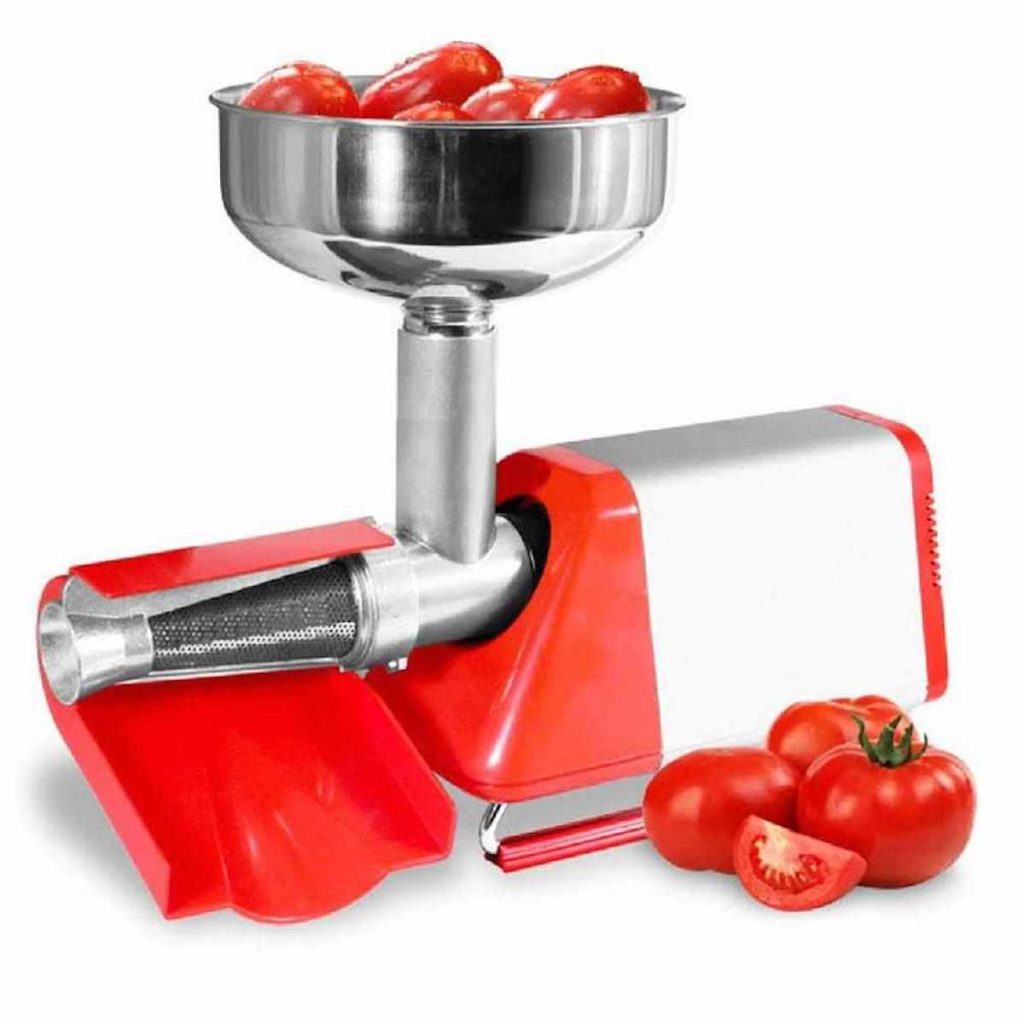
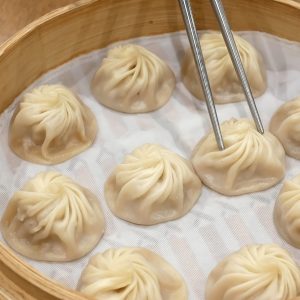

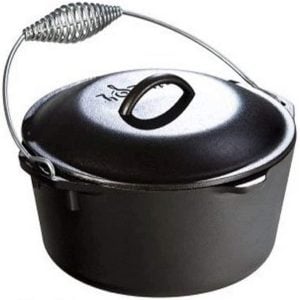
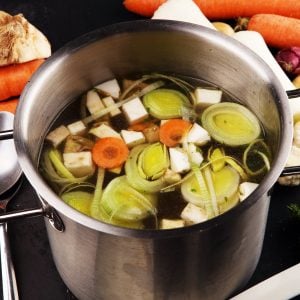
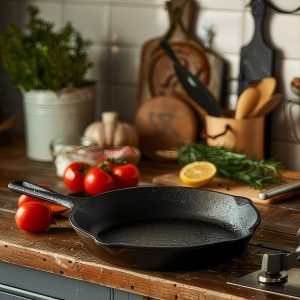
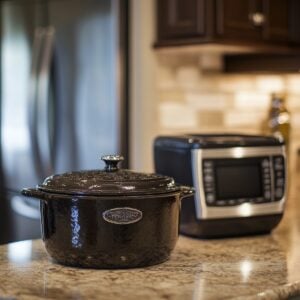
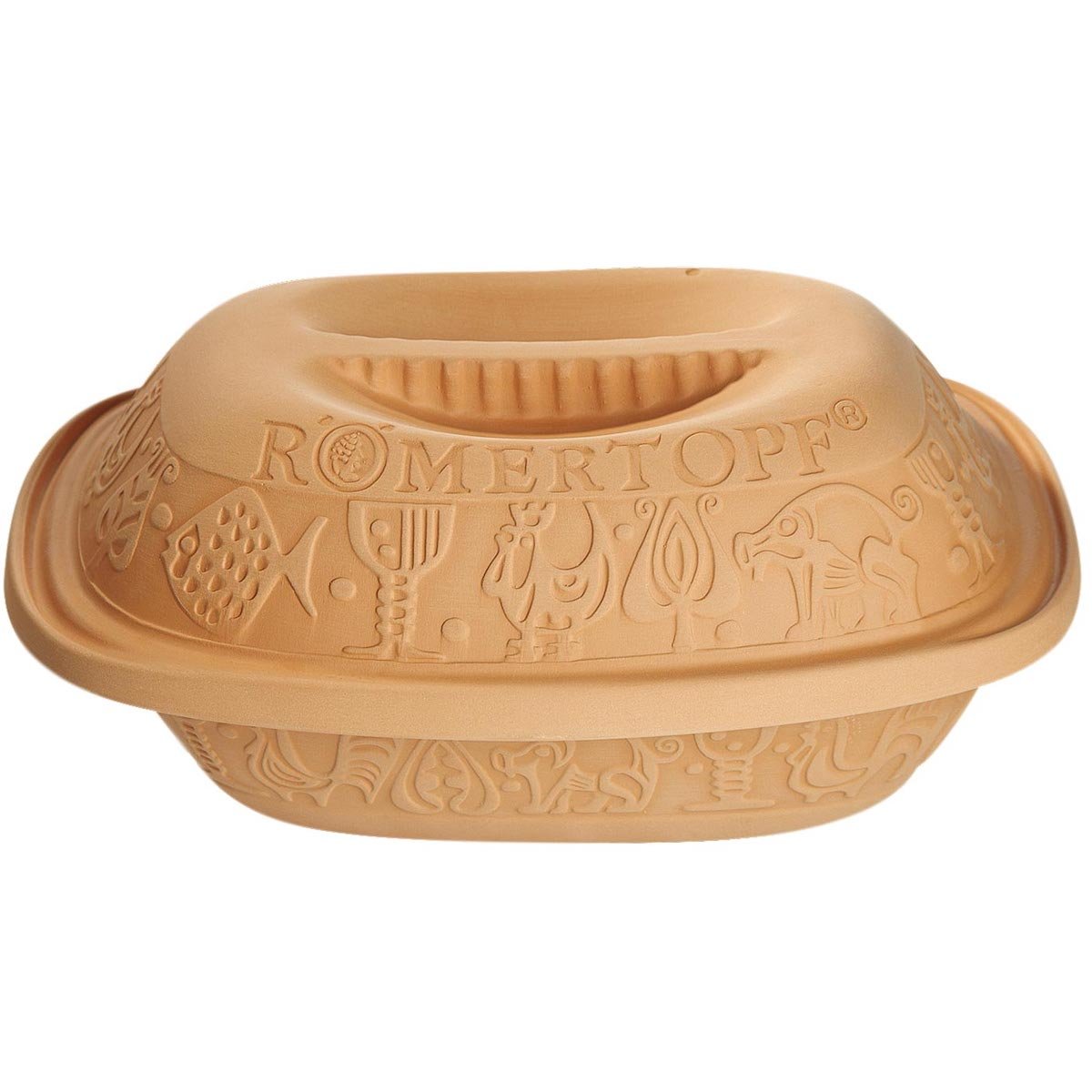
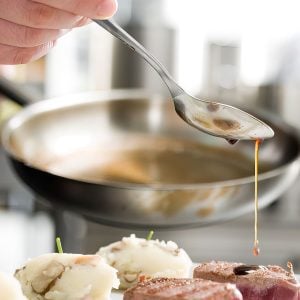
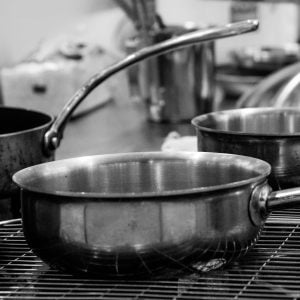


One Response
Very handy for seedless blackberry jam, also